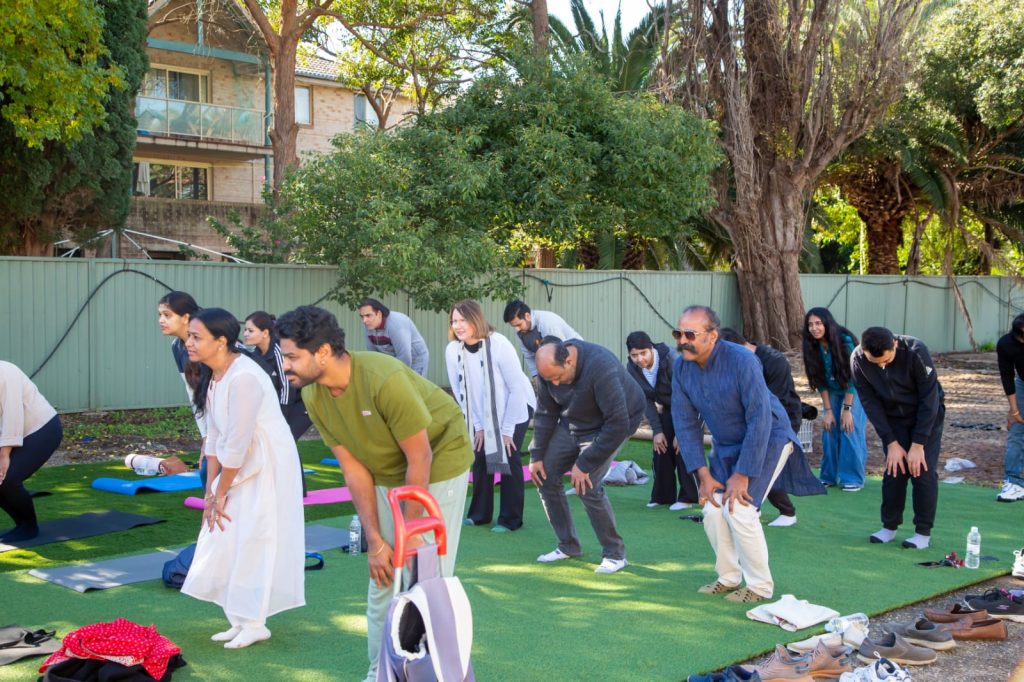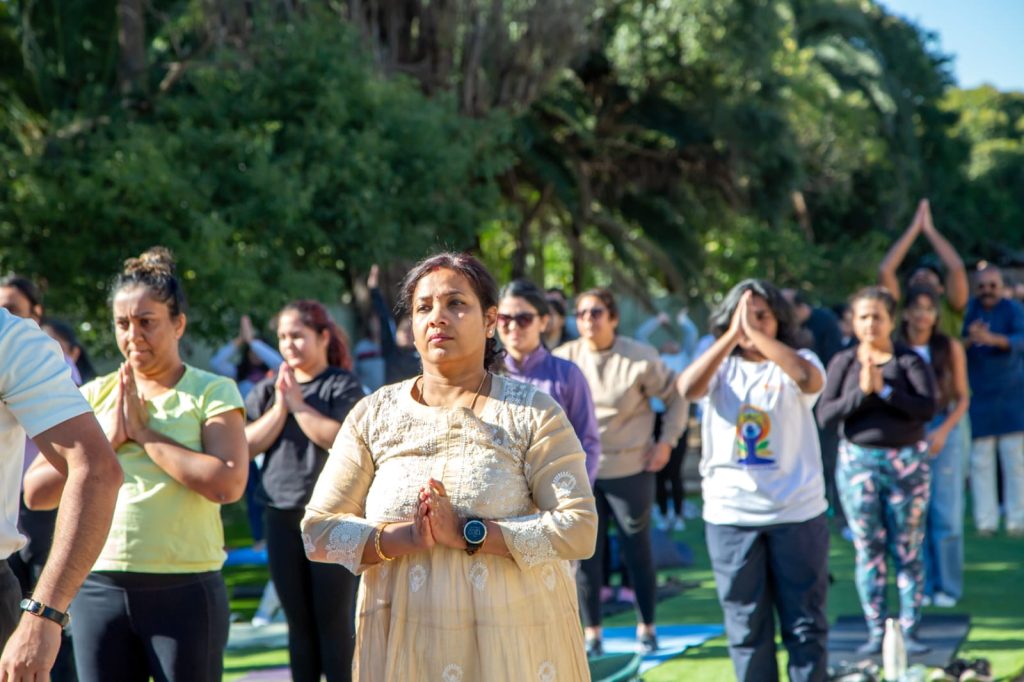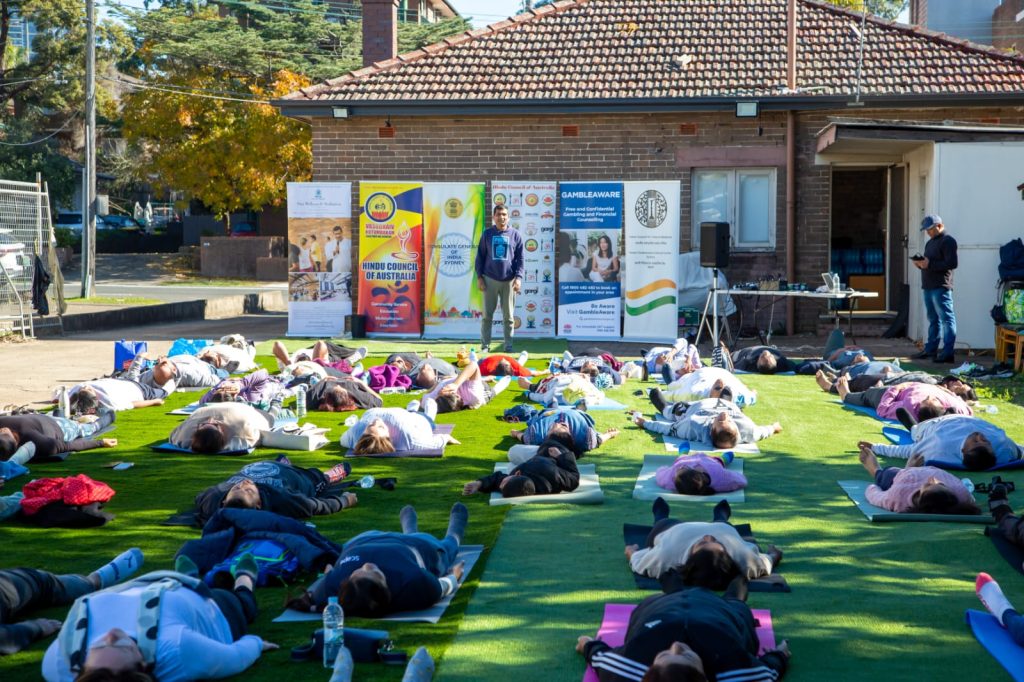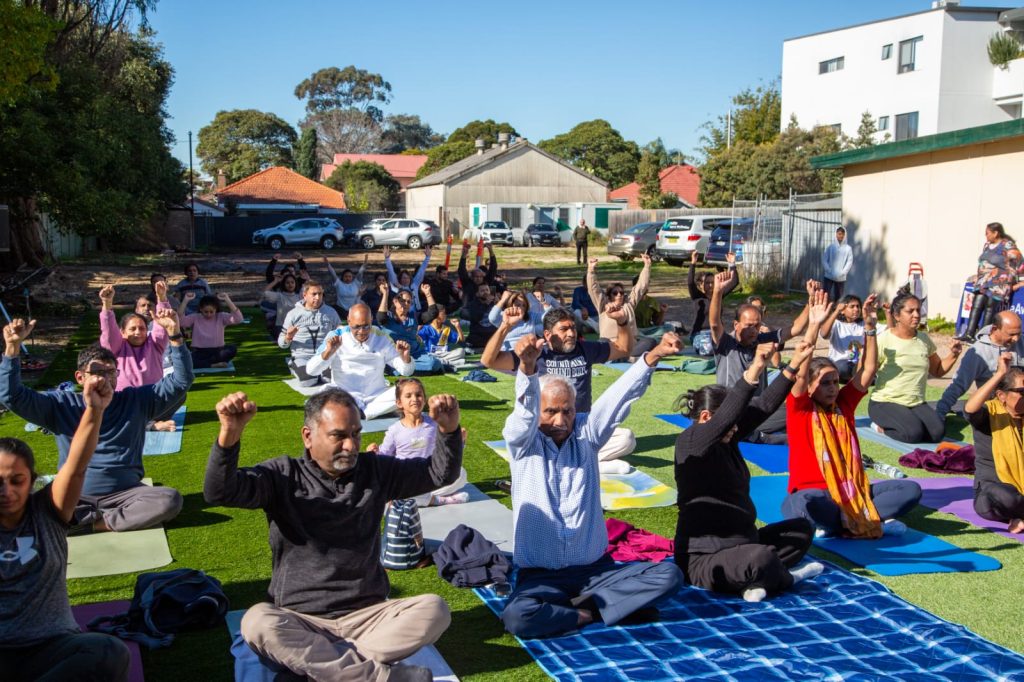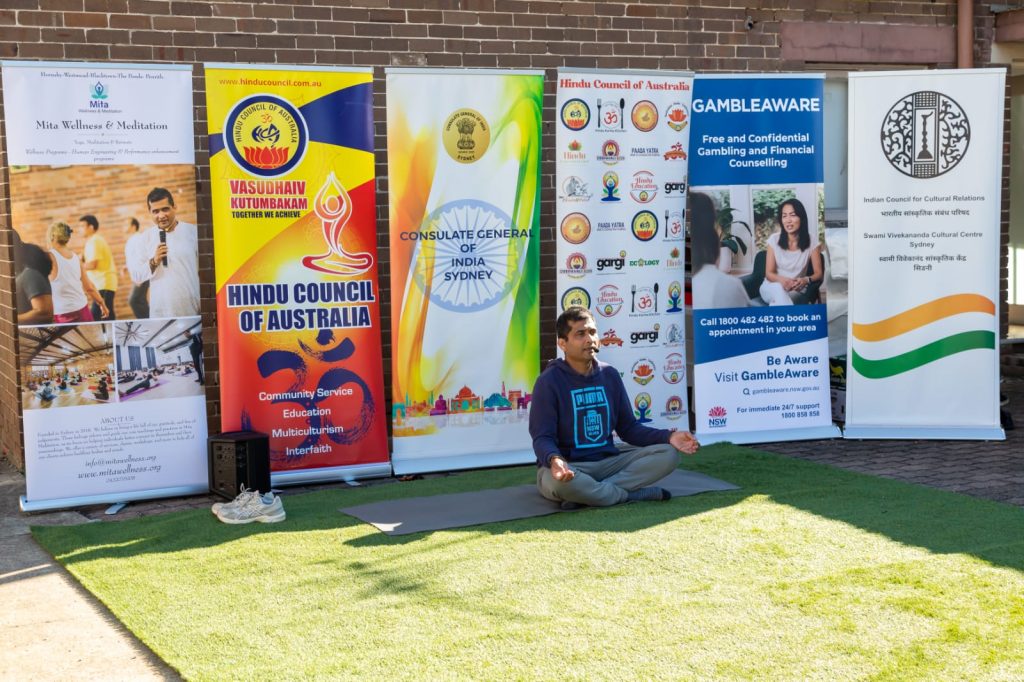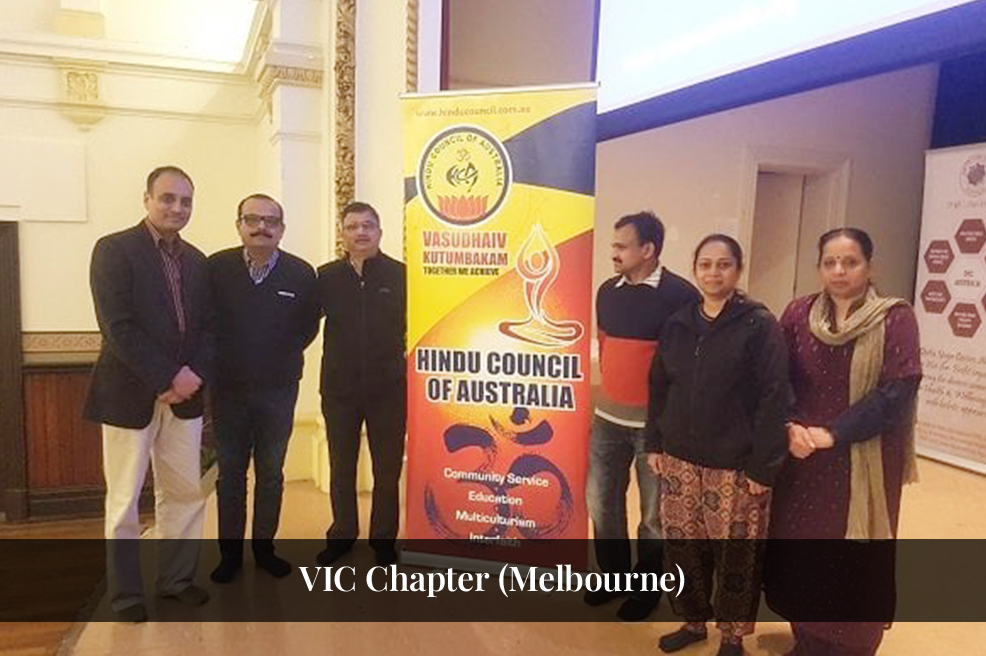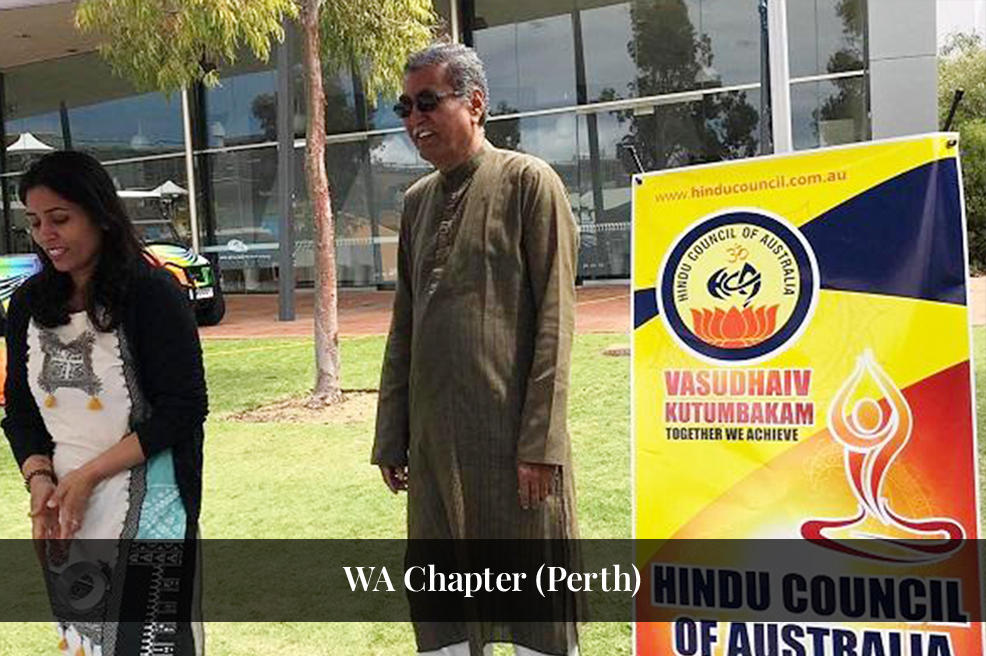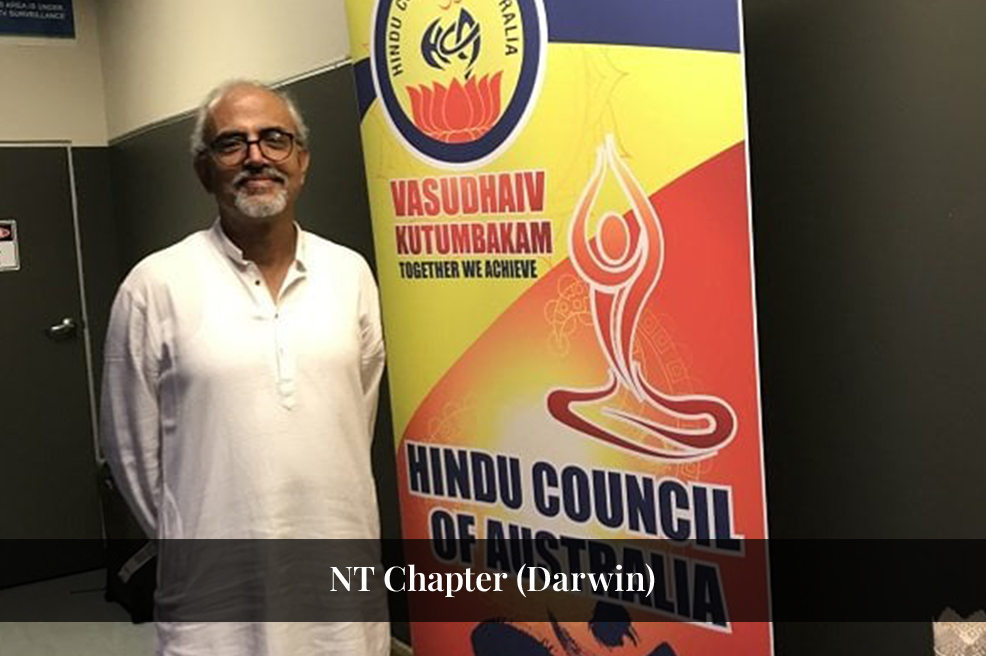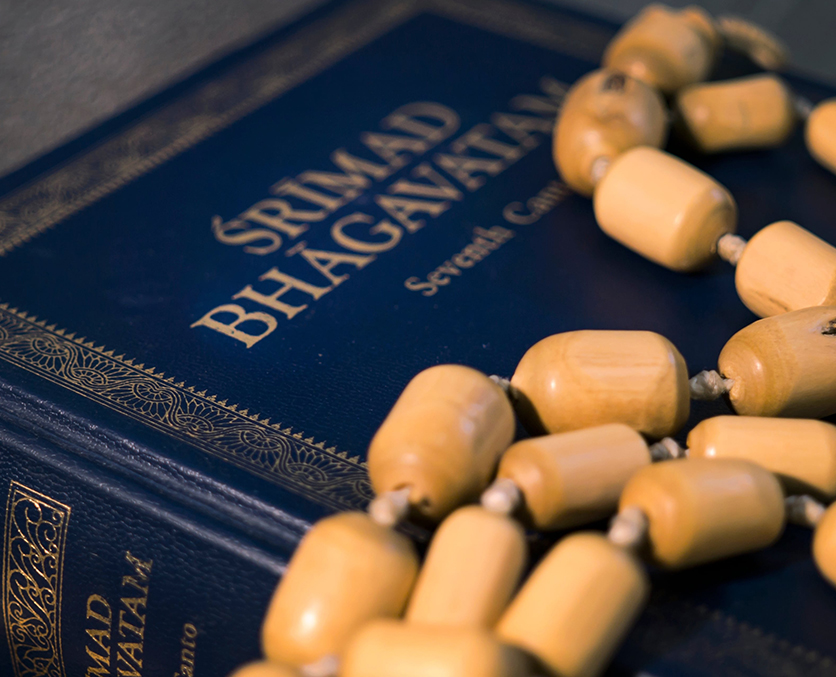The Tamil New Year, known as Puthandu, is a significant festival celebrated by the Tamil community. It marks the beginning of the Tamil calendar year and is observed with various customs, rituals, and festivities. This festival is celebrated not only in Tamil Nadu, India, but also by Tamil communities in Sri Lanka, Singapore, Malaysia, Mauritius, and other parts of the world where Tamils reside.
Date and Astronomical Significance
Puthandu falls on the first day of the Tamil month of Chithirai, which typically corresponds to April 14th in the Gregorian calendar. This date is significant as it aligns with the vernal equinox, a time when the sun is positioned directly above the equator, making day and night of equal length. The festival’s timing is also related to ancient astronomical observations involving the orbits of Jupiter and Saturn, and it marks the sun’s transition from the constellation Pisces to Aries3.
The significance of Puthandu can be understood through several aspects:
- Astronomical Significance: Puthandu is celebrated on the first day of the Tamil month of Chithirai, which aligns with the vernal equinox, a time when the sun is positioned directly above the equator, making day and night of equal length. This astronomical event is also associated with the transition of the sun from the constellation Pisces to Aries23.
- Religious Significance: According to Hindu beliefs, Puthandu is considered the day of the universe’s creation by Lord Brahma, the god of creation2. Some also believe that the ‘Prince of Harmony’, Indradev, visited Earth on this day to ensure peace and contentment2.
- Cultural Significance: Puthandu is a time for family visits and the renewal of filial bonds. It coincides with the Sinhalese new year season in Sri Lanka. In Malaysia and Singapore, Tamils join Sikhs, Malayalees, and Bengalis to celebrate the traditional new year in mid-April1.
- Customs and Traditions: The festival is celebrated with various customs and rituals, such as cleaning and decorating homes, wearing new clothes, preparing special dishes, and visiting temples12. These practices symbolize renewal, hope, and the start of a new cycle of good fortune and prosperity in people’s lives2.
- Economic Significance: For the Tamil diaspora, Puthandu is believed to augur well for their economic growth and improve their standard of living throughout the year.

History
The Tamil New Year, or Puthandu, has a rich history that dates back to the Sangam period, which is over 2,000 years old3. The festival is deeply rooted in the cultural heritage of the Tamil people and is celebrated with great fervor. During the Sangam period, the Tamils were primarily an agrarian society, and the festival of Puthandu was closely linked to agricultural practices. It marked the beginning of the Tamil calendar year and coincided with the onset of the traditional agricultural cycle3.
The festival is also associated with various legends and myths from Tamil mythology. One popular legend is that of Lord Brahma, the creator of the universe, who is said to have started the Tamil calendar on the day of Puthandu3. Another legend is that of the great sage Agastya, who is believed to have initiated the Puthandu festival3.
Over the centuries, the Puthandu festival has evolved and incorporated various cultural and religious elements. It is a time of new beginnings and is celebrated with traditional rituals and customs that symbolize prosperity, happiness, and auspiciousness3. Today, the Puthandu festival continues to be celebrated with great enthusiasm by Tamils around the world, providing an opportunity for families to come together, renew ties, and celebrate the rich cultural heritage of the Tamil people
Cultural and Religious Significance
Puthandu is celebrated as the day of the universe’s creation according to some beliefs, with Lord Brahma, the Hindu god of creation, starting the process of creation on this day. It is also associated with the visit of Indradev, the ‘Prince of Harmony’, to Earth to ensure peace and contentment2. While Puthandu holds special significance for Hindus, it is not exclusively a religious festival but a cultural one that celebrates the Tamil heritage and the start of a new year.

The Tamil New Year, or Puthandu, is celebrated in various ways across different parts of India. While the festival is primarily observed in Tamil Nadu, it is also celebrated in other states with similar customs and traditions. Here are some examples of how Puthandu is celebrated in different parts of India:
- Tamil Nadu: In Tamil Nadu, Puthandu is celebrated on the first day of the Tamil month of Chithirai, which falls on April 14th in the Gregorian calendar. The festival is marked by the preparation of special dishes like Mango Pachadi, Pongal, and Vadai, and the decoration of homes with kolam designs2. On the morning of Puthandu, people wake up early, clean their homes, and wear new clothes3. The day is celebrated with prayers, temple visits, and the exchange of gifts among family members3.
- Kerala: In Kerala, the festival of Vishu, which falls on the same day as Puthandu, is celebrated with similar customs. Vishu Kani, the first sight of the year, is considered auspicious and is viewed after dawn on the first day of the Malayalam month Medam. The festival is marked by the preparation of a special dish called Vishu Kani, which includes rice, coconut, bananas, and other auspicious items.
- Punjab: In Punjab, the festival of Baisakhi, which falls on April 13th or 14th, is celebrated with great pomp and splendor. Baisakhi marks the beginning of the new year for the Sikh community and is a harvest festival. The day is celebrated with the preparation of special dishes like Makki ki Roti and Sarson da Saag, and the hoisting of the Nishan Sahib, a Sikh flag.
- Assam: In Assam, the festival of Bohag Bihu, which falls in mid-April, marks the beginning of the Assamese New Year. The festival is celebrated with great enthusiasm and is marked by the preparation of special dishes like Pitha and Laru.
- Bengal: In Bengal, the festival of Nabo Barsho, which falls on April 14th, marks the beginning of the Bengali New Year. The day is celebrated with the preparation of special dishes like Pitha and Chakli, and the exchange of gifts among family members.
In summary, Puthandu is celebrated in different parts of India with various customs and traditions that reflect the rich cultural diversity of the country. While the festival is primarily observed in Tamil Nadu, it is also celebrated in other states with similar customs and traditions
Customs and Traditions
The Tamil New Year, or Puthandu, is celebrated with a variety of rituals and customs that reflect the rich cultural heritage of the Tamil people.

Here are some of the key rituals and customs associated with Puthandu:
- Kanni: A day before the festival, an auspicious first sight of the New Year is observed. A plate filled with jewelry, fruits, betel leaves, cash, flowers, and a mirror is decorated and kept for sighting. This custom is believed to invite prosperity and happiness in the upcoming year1.
- Kolam: Homes and surroundings are decorated with kolam, a traditional art made from powdered rice flour. This symbolizes prosperity and happiness and is a common sight on the doors of many homes and buildings2.
- Kuthuvilakku: A special lamp known as the kuthu vilakku is placed in the middle point of the kolam to illuminate the area and create a festive atmosphere2.
- Wearing New Clothes: Everyone wears new clothes of bright colors on the first day of the new year. This custom signifies renewal and hope for the new cycle of good fortune and prosperity in people’s lives1.
- Vegetarian Feast: People eat vegetarian food on this pious day. Tasty dishes like Aluva, Asma, Kokis, Aggala, Atirasa, and Kevum are prepared, along with other delicacies like Mango pachadi, appalam, payasam, coconut milk, paruppu vadai, aviyal, curd, and veppam poo rasam1.
- Gift Giving: Children receive gifts and cash from elders. Devotees seek blessings from God by visiting temples and performing holy rituals like Tharpanam for their departed ancestors’ salvation1.
- Bathing with Herbs: People bathe with traditional herbs such as turmeric as part of a new beginning. Some people bathe in the morning, while others extend the cleansing throughout the day2.
- Traditional Attire: People don traditional Tamil attires or costumes consisting of a Lungi or Dhoti and Angavastra for men, and a sari for women. Young girls wear a half sari alongside a skirt and blouse2.
- Greetings: The special greetings “Puthandu Vazthukal” or “Chithirai Tamil Puthandu Vazthukal” are exchanged among family and friends, similar to the Western tradition of saying “Happy New Year”34.
These rituals and customs are deeply rooted in the Tamil culture and are observed to mark the beginning of a new year filled with hope, prosperity, and happiness.
Foods
The traditional foods prepared during the Tamil New Year festival of Puthandu include:

- Mango Pachadi: A dish made with a combination of sweet, sour, and bitter ingredients like raw mangoes, jaggery, and neem flowers or betel leaves. This dish is considered a must-have during the Puthandu celebrations3.
- Kiribath (Milk Rice): A traditional festive dish made by steaming rice and cooking it with thick coconut milk. It is often served with chili paste or lunu miris (onion and red chili relish)1.
- Kokis: A deep-fried, crispy Sri Lankan snack made from rice flour and coconut milk with beaten eggs1.
- Pani Walalu (Honey Rings): A delicious sweet made by deep-frying coils of urad dal and rice flour mixture and then soaking them in honey or sugar syrup1.
- Kavum (Oil Cake): A deep-fried Sri Lankan sweet made from rice flour and kitul treacle (palm jaggery)1.
- Mung Kevum: A deep-fried sweet made from a combination of mung bean flour, rice flour, and kitul treacle1.
- Aluwa: A sweet made from roasted rice flour, treacle, cashew nuts, and cardamom, cut into diamond shapes1.
- Athirasa: A deep-fried sweet similar to Kavum, but with a flat, round shape.
The significance of these traditional foods lies in their symbolic representation of the Tamil culture and the values associated with the festival. The sweet, sour, and bitter flavors of the Mango Pachadi, for instance, signify the acceptance of life’s diverse experiences. The preparation of these dishes also involves traditional methods and ingredients, further reinforcing the cultural heritage of the Tamil community14.
Celebrations Across Regions
While Puthandu is predominantly a Tamil festival, it coincides with the New Year celebrations of various other cultures in India, such as Vishu in Kerala, Pana Sankranti in Odisha, Baisakhi in Punjab, and Pohela Boishakh in West Bengal, showcasing the country’s rich diversity2.In summary, Puthandu is a vibrant and auspicious festival that embodies the rich cultural and spiritual heritage of the Tamil community. It is a time for renewal, celebration, and the strengthening of bonds among families and communities as they welcome the new year with hope and joy.
Celebrations in Australia
The Tamil community in Australia celebrates Puthandu with great enthusiasm. The Hindu Council of Australia organizes various events and celebrations to mark the occasion.The Hindu Council of Australia celebrates Puthandu by organizing cultural programs, traditional music and dance performances, and community feasts. They also arrange for the preparation of traditional Tamil dishes like Mango Pachadi, Pongal, and various sweets3.In major cities with significant Tamil populations, such as Sydney, Melbourne, and Brisbane, the Tamil community comes together to celebrate Puthandu. They decorate their homes with kolam, light lamps, wear new clothes, and visit temples to seek blessings for the new year3.Some of the places where you can join the Puthandu celebrations in Australia include:
- Tamil Sangam or Tamil community centers in major cities
- Hindu temples with a significant Tamil congregation
- Community halls or centers organized by the Hindu Council of Australia or local Tamil associations
- Outdoor festivals and cultural events held in parks or public spaces3
These celebrations provide an opportunity for the Tamil diaspora in Australia to come together, preserve their cultural traditions, and welcome the new year with joy and optimism.






